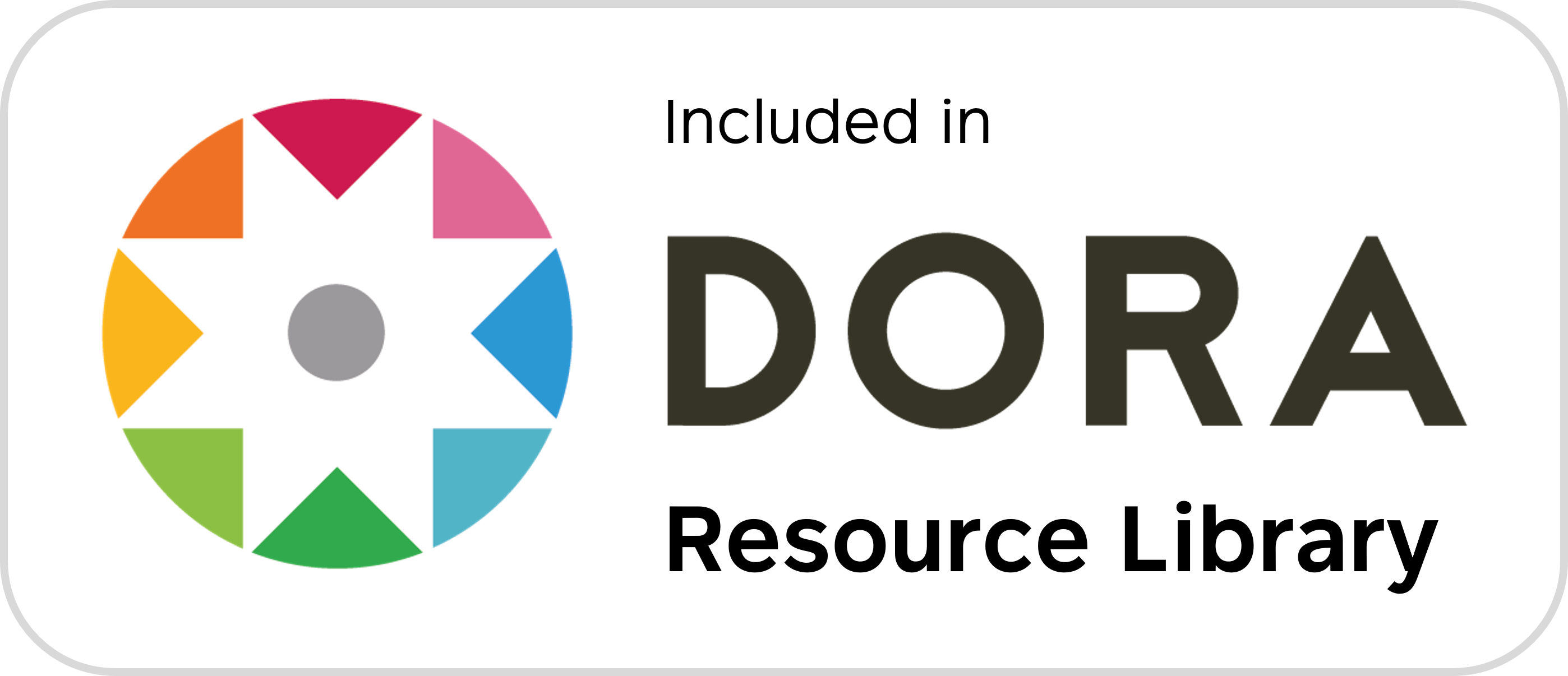Corporate Risk Disclosure Dynamics in Light of Key Audit Matters Reporting
 DOI:
DOI:
https://doi.org/10.69725/jebi.v1i4.183
Keywords:
Key Audit Matters, Risk disclosure, Corporate Governance, Audit transparency, Financial reportingAbstract
Purpose: This paper investigates the association between Key Audit Matters (KAM) disclosures and the level of corporate risk narratives provided in annual reports and the characteristics of the firm, governance structure, and audit quality associated with disclosure practices.
Method: The study uses quantitative approach with multiple regression analysis to examine the effect of KAM reporting by its levels of risk disclosures. A content analysis of data extracted from reports was done to study Professional Judgement on the width and depth of risk disclosures based on publicly available corporate reports.
Findings: We document a strong positive association between capital market-oriented disclosures and the strength of narrative risk reporting. While firm size, operational complexity, leverage, and profitability significantly increased risk transparency, external auditors' reputation also increased the quality of disclosures.
Novelty: This study reveals a new function of KAMs where turning audit report transparency into an effectual mechanism in corporate governance. It builds upon the signaling and agency theory by showing how mandatory audit disclosures are reflective of voluntary narrative reporting behavior.
Implications: These findings suggest that, in addition to calls for more transparency in the audit process, there needs to be a greater focus on risk management strategies complementary to these processes. Enhanced disclosure can help companies build trust with the relevant stakeholders and align with global reporting frameworks, while providing regulators and policymakers the important contextual information to help develop appropriate disclosure regulations, including audit requirements. The study aids current deliberations on enhancing the quality of financial reporting and enabling investment decision-making by competitors and others in the market.
Downloads
References
Abdelfattah, T., Elmahgoub, M., & Elamer, A. A. (2021). Female Audit Partners and Extended Audit Reporting: UK Evidence. Journal of Business Ethics, 174(1), 177–197. https://doi.org/10.1007/s10551-020-04607-0
Arnold, V., Collier, P. A., Leech, S. A., & Sutton, S. G. (2001). The impact of political pressure on novice decision makers: are auditors qualified to make going concern judgements? Critical Perspectives on Accounting, 12(3), 323–338. https://doi.org/https://doi.org/10.1006/cpac.2000.0442
Barakat, A., Chernobai, A., & Wahrenburg, M. (2014). Information asymmetry around operational risk announcements. Journal of Banking & Finance, 48, 152–179. https://doi.org/https://doi.org/10.1016/j.jbankfin.2014.06.029
Bepari, M. K., Nahar, S., Mollik, A. T., & Azim, M. I. (2024). Content characteristics of key audit matters reported by auditors in Bangladesh and their implications for audit quality. Journal of Accounting in Emerging Economies, 14(4), 855–885. https://doi.org/10.1108/JAEE-12-2022-0344
Bui, B., & de Villiers, C. (2017). Business strategies and management accounting in response to climate change risk exposure and regulatory uncertainty. The British Accounting Review, 49(1), 4–24. https://doi.org/https://doi.org/10.1016/j.bar.2016.10.006
Chan, K. F., & Marsh, T. (2022). Asset pricing on earnings announcement days. Journal of Financial Economics, 144(3), 1022–1042. https://doi.org/https://doi.org/10.1016/j.jfineco.2021.06.022
Cordoș, G.-S., Fülöp, M.-T., & Tiron-Tudor, A. (2020). UK audit reporting practices in the pre-ISA700 (2015 revision) era. Asian Journal of Business Ethics, 9(2), 349–370. https://doi.org/10.1007/s13520-020-00113-8
Guan, Y., Zhang, L., Zheng, L., & Zou, H. (2021). Managerial liability and corporate innovation: Evidence from a legal shock. Journal of Corporate Finance, 69, 102022. https://doi.org/https://doi.org/10.1016/j.jcorpfin.2021.102022
Hope, O.-K., Hu, D., & Lu, H. (2016). The benefits of specific risk-factor disclosures. Review of Accounting Studies, 21(4), 1005–1045. https://doi.org/10.1007/s11142-016-9371-1
Hussin, N., Md Salleh, M. F., Ahmad, A., & Rahmat, M. M. (2023). The association between audit firm attributes and key audit matters readability. Asian Journal of Accounting Research, 8(4), 322–333. https://doi.org/10.1108/AJAR-10-2022-0317
Jensen, M. C., & Meckling, W. H. (1976). Theory of the firm: Managerial behavior, agency costs and ownership structure. Journal of Financial Economics, 3(4), 305–360. https://doi.org/10.1016/0304-405X(76)90026-X
Knechel, W. R. (2007). The business risk audit: Origins, obstacles and opportunities. Accounting, Organizations and Society, 32(4), 383–408. https://doi.org/https://doi.org/10.1016/j.aos.2006.09.005
Kong, D., Ji, M., & Liu, S. (2022). Does the mandatory disclosure of audit information affect analysts’ information acquisition? International Review of Financial Analysis, 83, 102281. https://doi.org/https://doi.org/10.1016/j.irfa.2022.102281
Kravet, T., & Muslu, V. (2013). Textual risk disclosures and investors’ risk perceptions. Review of Accounting Studies, 18(4), 1088–1122. https://doi.org/10.1007/s11142-013-9228-9
Liao, L., Sharma, D., Yang, Y. (Jenny), & Zhao, R. (2023). Adoption and content of key audit matters and stock price crash risk. International Review of Financial Analysis, 88, 102706. https://doi.org/https://doi.org/10.1016/j.irfa.2023.102706
Linsley, P. M., & Shrives, P. J. (2006). Risk reporting: A study of risk disclosures in the annual reports of UK companies. The British Accounting Review, 38(4), 387–404. https://doi.org/https://doi.org/10.1016/j.bar.2006.05.002
Ma, J., Coram, P., & Troshani, I. (2024). The effect of key audit matters and management disclosures on auditors’ judgements and decisions: An exploratory study. The British Accounting Review, 56(2), 101301. https://doi.org/https://doi.org/10.1016/j.bar.2023.101301
Moubarak, H., & Elamer, A. A. (2024). Navigating uncertainty: the role of auditor demographics in key audit matters reporting amid COVID-19 in Egypt. Journal of Financial Reporting and Accounting, ahead-of-print(ahead-of-print). https://doi.org/10.1108/JFRA-04-2024-0183
Oliveira, J., Rodrigues, L. L., & Craig, R. (2011). Risk-related disclosure practices in the annual reports of Portuguese credit institutions: An exploratory study. Journal of Banking Regulation, 12(2), 100–118. https://doi.org/10.1057/jbr.2010.20
Rahaman, M. M., & Bhuiyan, M. B. U. (2024). Audit report lag and key audit matters in Australia. International Journal of Disclosure and Governance. https://doi.org/10.1057/s41310-024-00251-6
SOLOMON, J. F., SOLOMON, A., NORTON, S. D., & JOSEPH, N. L. (2000). A CONCEPTUAL FRAMEWORK FOR CORPORATE RISK DISCLOSURE EMERGING FROM THE AGENDA FOR CORPORATE GOVERNANCE REFORM. The British Accounting Review, 32(4), 447–478. https://doi.org/https://doi.org/10.1006/bare.2000.0145
van der Scheer, J. W., Hutchinson, M. J., Paulson, T., Martin Ginis, K. A., & Goosey-Tolfrey, V. L. (2018). Reliability and Validity of Subjective Measures of Aerobic Intensity in Adults With Spinal Cord Injury: A Systematic Review. PM&R, 10(2), 194–207. https://doi.org/https://doi.org/10.1016/j.pmrj.2017.08.440
Downloads
Published
Issue
Section
License
Copyright (c) 2025 Annisa Qurrota A'yun, Wahyu adi wibowo (Author)

This work is licensed under a Creative Commons Attribution-ShareAlike 4.0 International License.
Journal Economic Business Innovation (JEBI) © 2024 by Inovasi Analisis Data is licensed under CC BY-SA 4.0






























